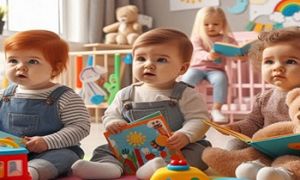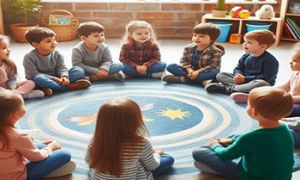After a child has a tantrum or a meltdown, offering fine motor tasks and reset activities enables the child to regain their self-regulation and also to return back to the group. The following article provides information on Reset Activities When To Use Rest Activities, Choosing Reset Activities and more.
Reset Activities
Completing familiar, repetitive motor tasks can be a very calming experience for many children.
Reset activities should not be very challenging or over-stimulated. These activities help children to feel self-confident, to be calm and relaxed and also help them to rejoin the group. Once the child completed the activity they are ready to go back to the group. When a child shows aggressive behaviour or is unable to remain with the group, then the educator can use calming sensory strategies to calm the child.
When To Use Reset Activities
- These activities are not used when a child is throwing a tantrum but rather used to make a bridge between the situation when the child is already calmed and to return to the group.
- Reset activities need to be short
- Very long and complicated fine motor tasks can frustrate the child as they are just had a tantrum or meltdown. It needs to be short and relaxing.
Choosing Reset Activities
- Activity should be chosen wisely. It needs to be simple so that children could able to perform independently.
- The task should have a clear endpoint
- Instead of giving a task, where educators need to tell them t stop, it is better to have the endpoint of the task, so that child can come to the endpoint without any help and could get a feeling of completeness which will help him to make him calmer.
Some examples of activities that can use for Reset Activities:
- I Spy books
- Glitter jars
- Colouring books
- Puzzles
- Count and Sort Box
- Patterns and Stones - Children can use stones to trace patterns which helps a child to focus when they are feeling unsettled.
- Calming Playdough - Three different playdough recipes will help children to calm down as they manipulate it.
- Hide and Seek Sensory Bottle - Create this easy-to-make hide-and-seek sensory bottle for children to find different objects.
- Stress Ball Balloons - Help an upset child to settle using these stress ball balloons, which children can use to manipulate.
Further Reading
Calm Down Box For Children - The following article provides a list of self-regulates that can be included inside a calm down box.
Strategies To Help Angry Children Cool Down - Here are a few strategies that early educators can use to help angry kids cool down.
Teaching Children To Identify Their Anger Signs - Here are a few tips on teaching kids to identify their anger signs so that they know how to manage them better.
Reference:
Reset Activities After A Tantrum, Inspired Tree House


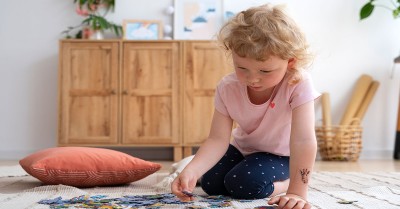

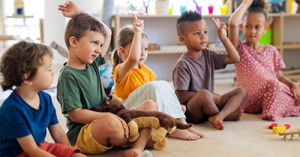
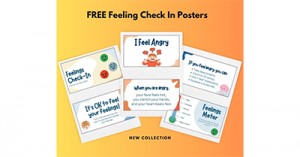
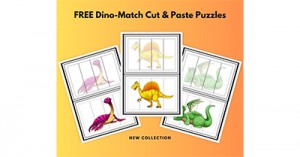
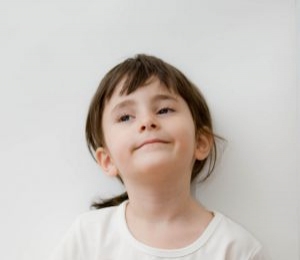 Open ended questions cannot be responded to with one word answers such as yes or no. These types of questions enables a child to provide
Open ended questions cannot be responded to with one word answers such as yes or no. These types of questions enables a child to provide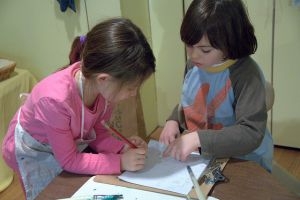 During your child’s preschool years, an important milestone begins to emerge. This is the development of pre-writing skills. Pre-writing skills are used to encourage, develop
During your child’s preschool years, an important milestone begins to emerge. This is the development of pre-writing skills. Pre-writing skills are used to encourage, develop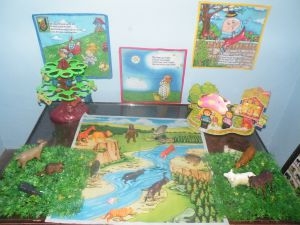 Open ended materials enables children to play freely. They are objects that have no rules to follow, use or function. Raw materials that can be
Open ended materials enables children to play freely. They are objects that have no rules to follow, use or function. Raw materials that can be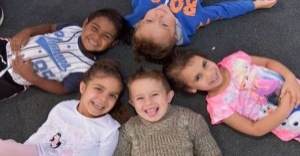 An Acknowledgment of the Country is a way of showing respect for the Traditional Owners and can be given by both non-Indigenous people and Aboriginal
An Acknowledgment of the Country is a way of showing respect for the Traditional Owners and can be given by both non-Indigenous people and Aboriginal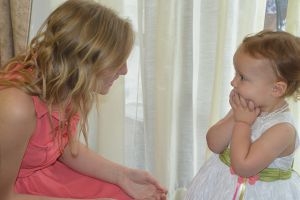 Language plays an important role in a child’s development. It enables a child to communicate effectively with their family, learn at school, socialize with friends,
Language plays an important role in a child’s development. It enables a child to communicate effectively with their family, learn at school, socialize with friends,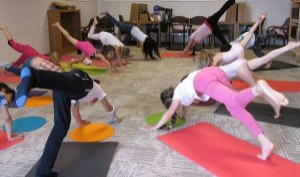 Like adults, children have to deal with their own stress in life. Moving house, starting a new school, preparing for a new sibling - these are
Like adults, children have to deal with their own stress in life. Moving house, starting a new school, preparing for a new sibling - these are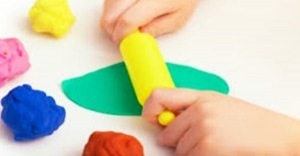 Playdough is such a versatile material. It provides numerous benefits to children as they manipulate it, it is safe and soothing and provides children with
Playdough is such a versatile material. It provides numerous benefits to children as they manipulate it, it is safe and soothing and provides children with Teaching children about sustainability enables them to appreciate and respect the natural environment. Early childhood services can provide meaningful hand on learning experiences in order
Teaching children about sustainability enables them to appreciate and respect the natural environment. Early childhood services can provide meaningful hand on learning experiences in order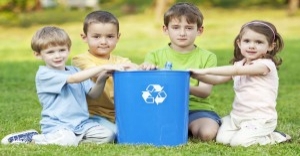 Recycling is an important concept that teaches children to care for the environment. It encourages children to be responsible and show a growing appreciating for
Recycling is an important concept that teaches children to care for the environment. It encourages children to be responsible and show a growing appreciating for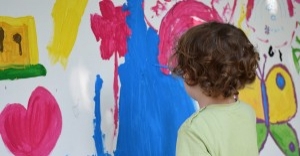 When children apply paint to paper, glue things together, or pound a lump of clay, they experiment with colour, shape design and texture.
When children apply paint to paper, glue things together, or pound a lump of clay, they experiment with colour, shape design and texture.

